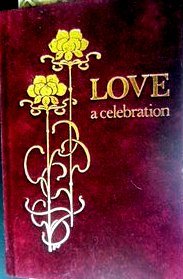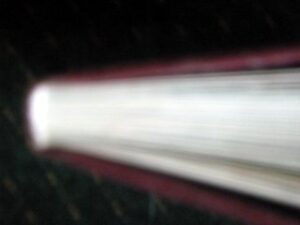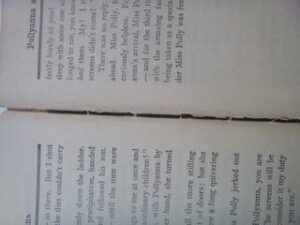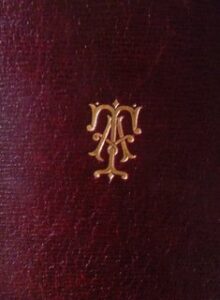 My book club choice this month is The Bookbinder of Jericho. The story concerns a young woman who works in the bindery in Oxford in the WWI era. The first few pages of the book confused me because they talked about “folding” and “gathering” and “sections” and “text blocks.” In order to enjoy the book, I needed to learn something about book binding.
My book club choice this month is The Bookbinder of Jericho. The story concerns a young woman who works in the bindery in Oxford in the WWI era. The first few pages of the book confused me because they talked about “folding” and “gathering” and “sections” and “text blocks.” In order to enjoy the book, I needed to learn something about book binding.
I scoured the internet and my own book shelves and learned about a whole world I hadn’t known existed. As writers we spend so much time thinking about the story and the use of language, that we may overlook the craft of the book binder. However, when I open a cheap mass market paperback and the margins are so narrow I can’t read the text without turning the book on edge, or I get a cramp in my hand from trying to hold it open, I start to appreciate a well-made volume.
In the early 20th Century, text was printed on large sheets of paper, 19 inches by 24 inches, using movable type presses. These sheets were then folded, once, twice, three times or four times, each fold at right angles to the last. The job of the typesetter was critical. He (it was always a man) had to arrange the type so that, when the page was folded and bound, the text ran in the right direction from left to right, the pages were in the right order and everything lined up evenly. Many experienced pressmen could read upside down and backward because the type had to be a mirror image of the finished product. What a skill!

sections on sewing frame
The printed sheets were taken from the presses and sent to the folding tables. This is where the women worked. They had to take each sheet and carefully line up the printers marks, then make the folds, using a “bonefolder.” It was a tool, kind of like a ruler, that helped to make the folds sharp and straight. Each folded sheet was called a section. When the book was ready for binding the sections were gathered in order, and put onto a frame for sewing. A cloth tape was applied along the spine. Then the book was sent back to the men’s side of the bindery to be trimmed, covered and finished, sometimes with the thinnest of gold leaf applied to the embossing in the leather cover. The gold leaf, as describe in the story, is so thin the craftsman cannot pick it up. Instead, he blows on it gently so that the top leaf floats into the air, where he can catch it on a spatula and transfer it to a working surface.
Today a writer can produce her own book at home with a computer, a printer and some trimming machines. Certainly cheaper than the old-fashioned bindery of Pip Williams’ story but I love the craftsmanship and skill of the book binder portrayed in her book.
A search of my own books turned up this newish volume (pictured at the top of this post) that was produced with sewing and tape. You can sort of see the tape at the inside top of the spine.
When I hold the book open, with the pages hanging down, I can see that they naturally separate into sections of four leaves, meaning the original printed sheet had been folded four times, to produce eight printed pages.
 In my library, I also found an old book that had been read so many times the threads holding the sections together had loosened, giving me a good look at how the volume had been put together.
In my library, I also found an old book that had been read so many times the threads holding the sections together had loosened, giving me a good look at how the volume had been put together.
This was a children’s book and not of the highest quality, but even so it is easier to open flat than most of today’s volumes.
One other prize I discovered was an old, leather bound book of poetry. The leather is so soft it feels like doeskin in my hand. The book falls open with no effort, it’s weight and texture inviting the reader to explore the text. The physical  characteristics of the book are a work of art all by themselves, even without the poetry displayed on the pages. It even has that thin gold leaf nestled into the embossed cover.
characteristics of the book are a work of art all by themselves, even without the poetry displayed on the pages. It even has that thin gold leaf nestled into the embossed cover.
In my youth, I occasionally came upon a book where some of the pages were uncut — meaning they weren’t properly aligned when they were put into the trimmer. I considered these prize volumes because it proved that no one had opened the book before me. 🙂
The world of books is endlessly fascinating, opening our minds and enlarging our understanding with the words and worlds of the author’s imagination. They are also works of art — treasure for humanity.
Pip Williams exploring the book binders trade.
Drop a comment here.


Leave a Reply